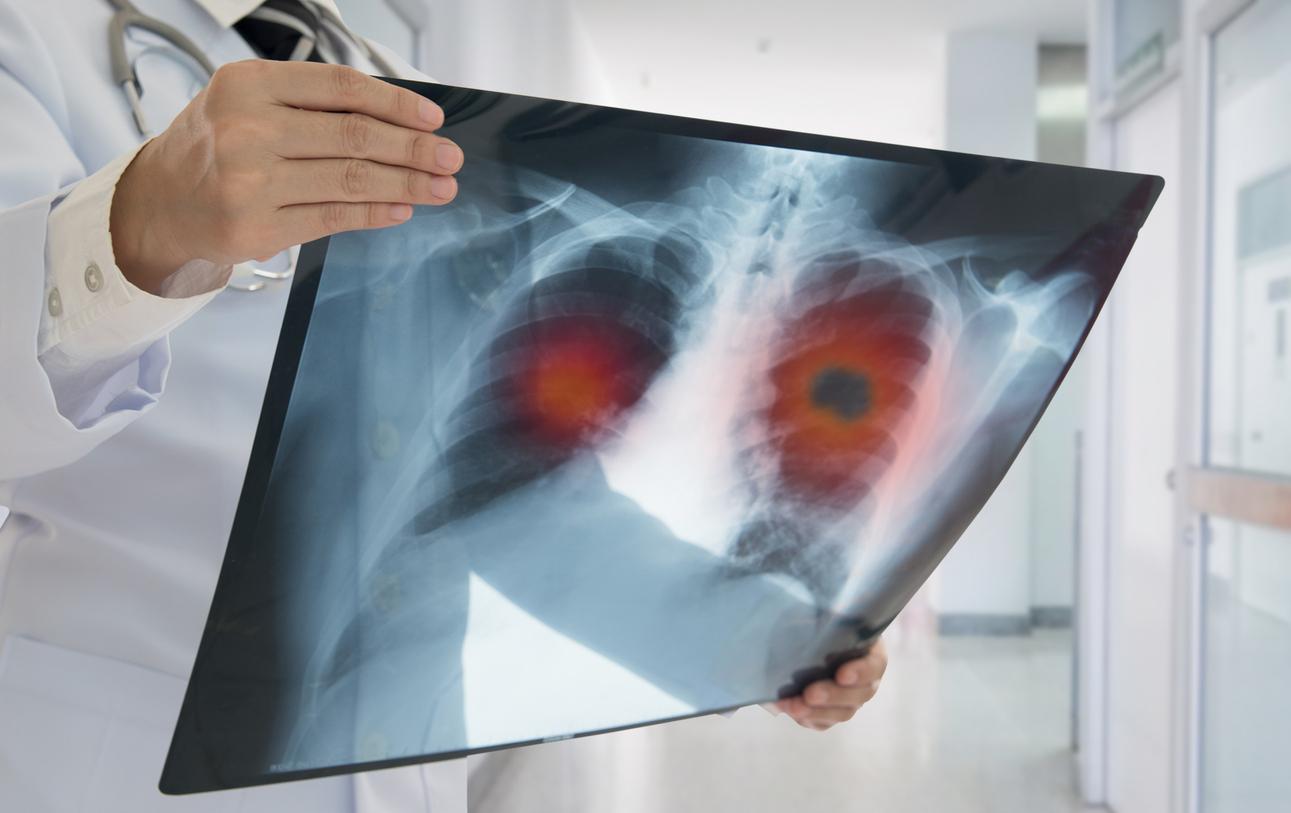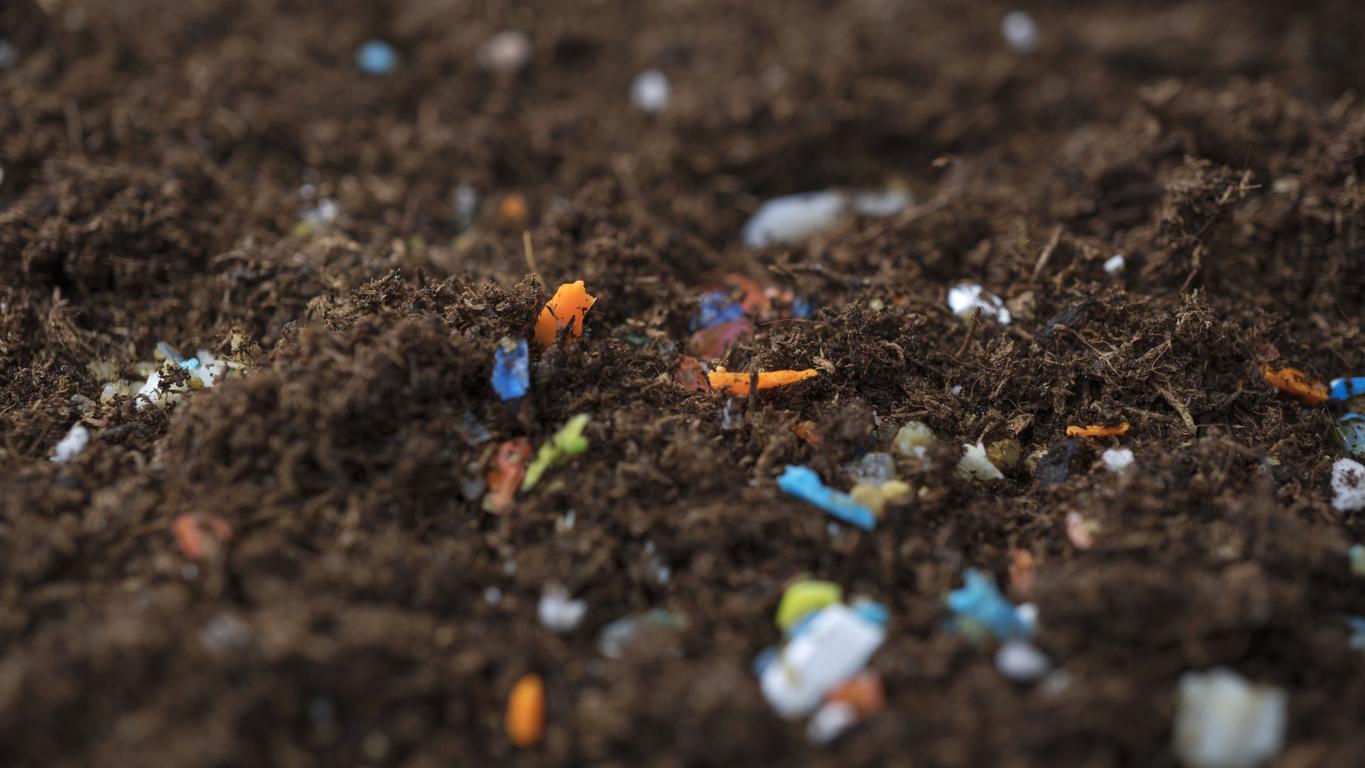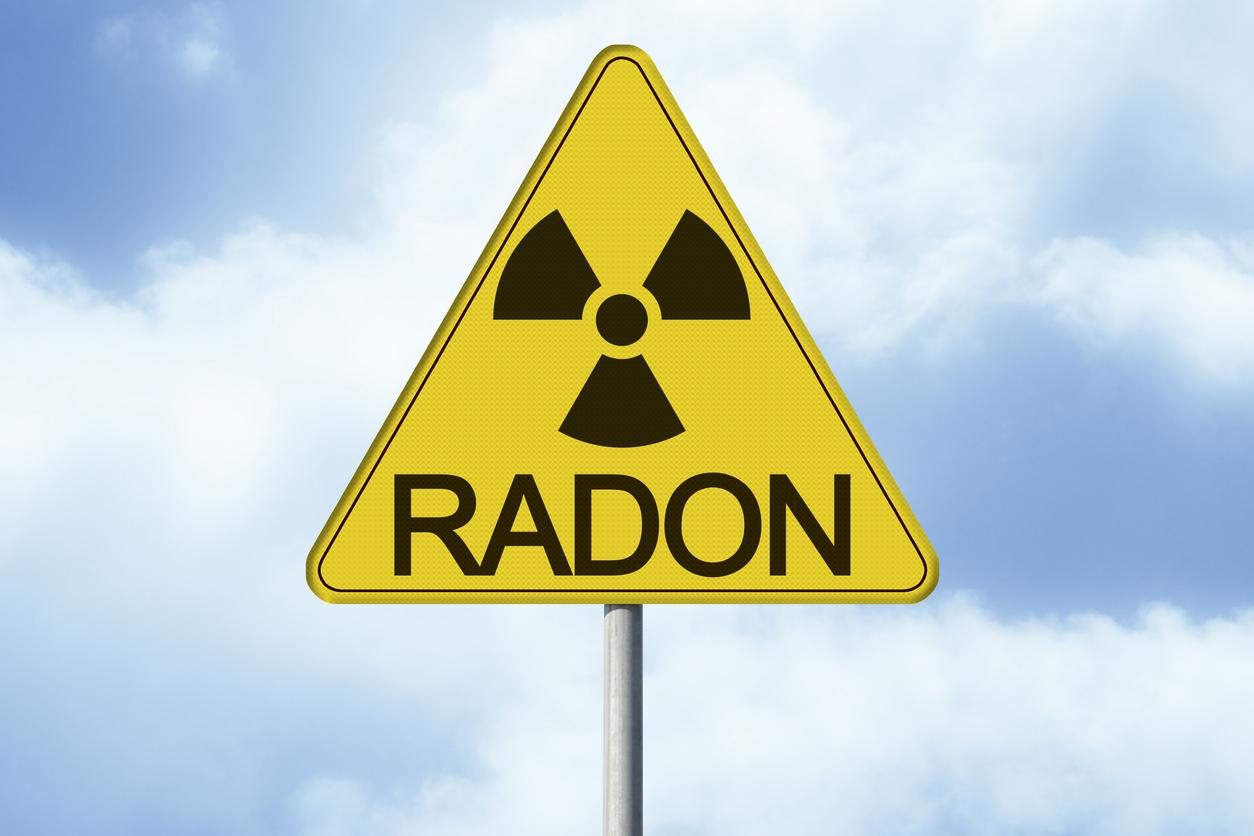hat happens to diesel nanoparticles when you inhale them? Scientists from the National Institute for Agronomic Research (INRA) have shown that the pollution created by diesel vehicle exhaust can cross the placental barrier in pregnant women and reach the fetal blood. Result : “deleterious effects on fetal growth and metabolism“and this over two generations, warns theInra in a press release.
Diesel nanoparticles in fetal blood
To arrive at these results, the researchers followed pregnant rabbits who had inhaled exhaust gases from diesel engines equipped with particulate filters, similar to those of cars sold in France, and in quantities close to those present in the air during a pollution peakto fine particles. “The rabbit was chosen because its placenta is closer to the human placenta than that of commonly used mouse models.“, justifies INRA. Growth delays, reduction in head size, reduction in waist size and reduction in blood supply to the placenta were then observed from mid-gestation. Later, the researchers have reproduces rabbits born to exposed mothers with unexposed males. If the growth of these new offspring went without problem, the scientists still noted “abnormalities in the exchange of lipids between mother and fetus, showing the effect of exposure to pollution in the 2nd generation“, emphasizes the Institute.
Towards a reduction in the birth weight of babies?
These results are worrying because many vehicles run on diesel on a daily basis and peaks in fine particle pollution are frequent in large cities. This is why scientists fear an increase in the number of babies born with stunted growth, which often results in a low birth weight. However, featherweight children are more at risk of developing cardiovascular diseases in adulthood, recalls INRA. In 2015, the National Institute of Health and Medical Research (Inserm) warned about the toxicity of diesel on the liver. At the same time, last June, Public Health France estimated at 48,000 the number of deaths caused each year in France by pollutionto fine particles.
>> To read also:
Diesel toxicity: a known danger for almost 20 years
One in four deaths worldwide from environmental causes
Pollution: nanoparticles in the lungs of Parisian children

















